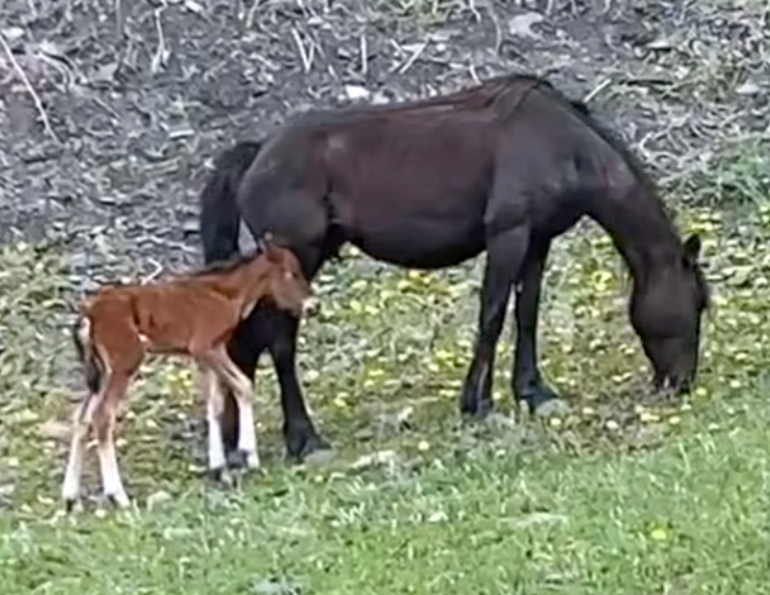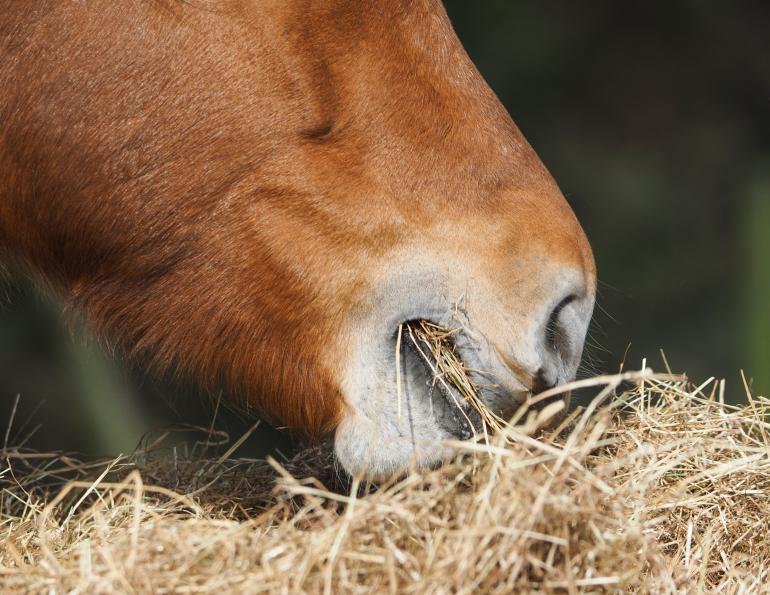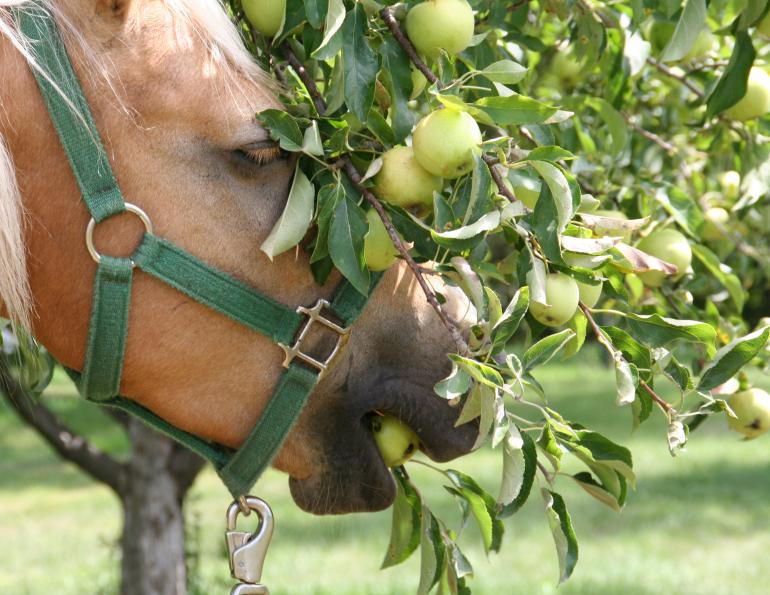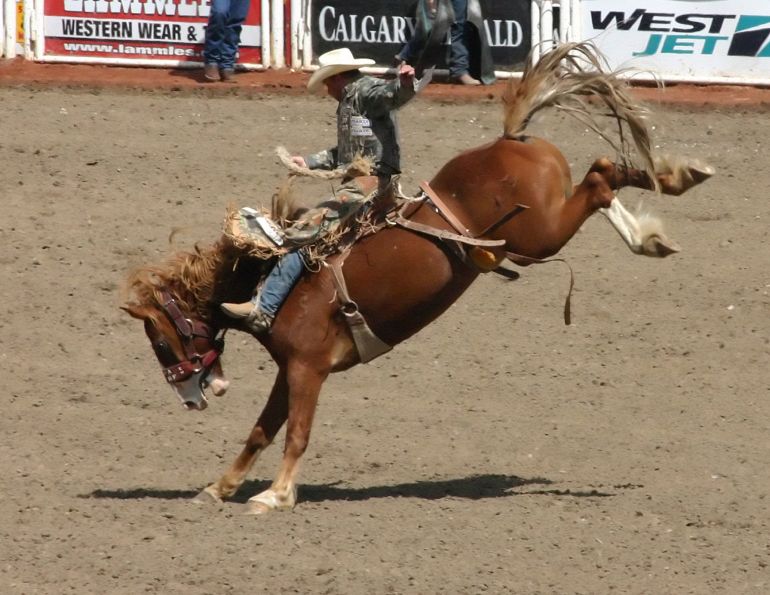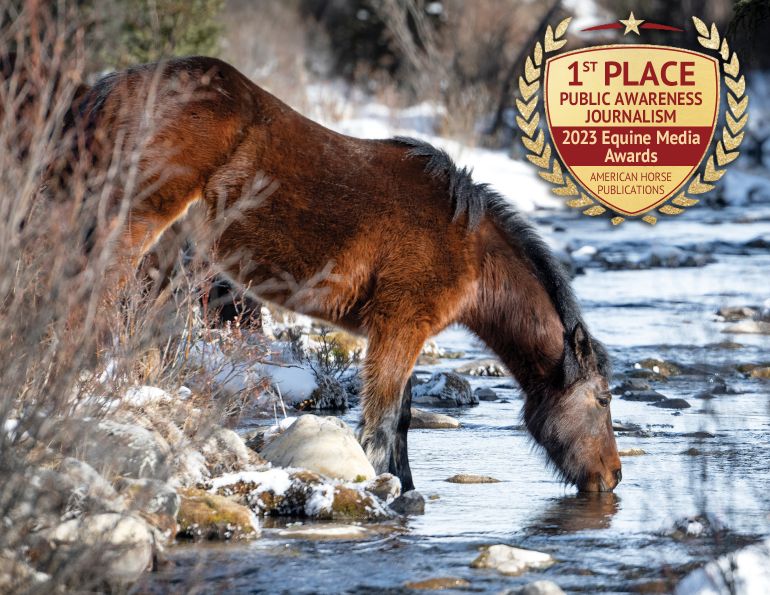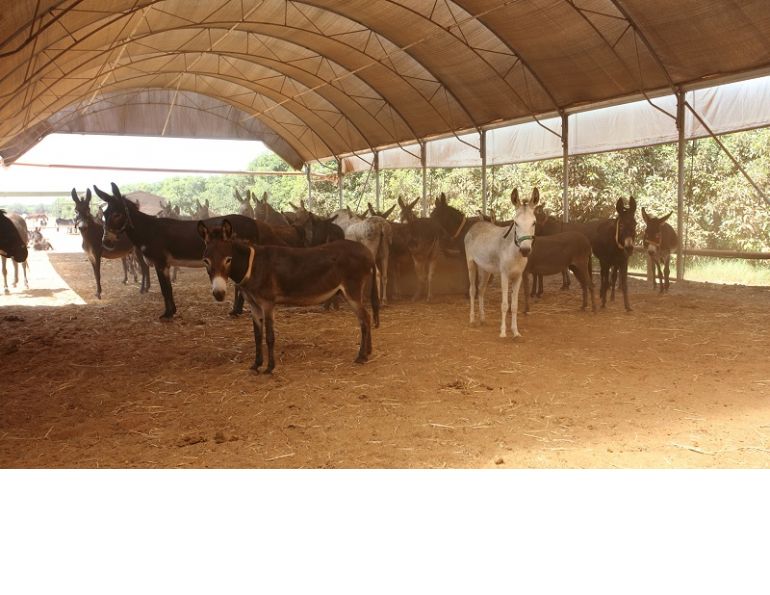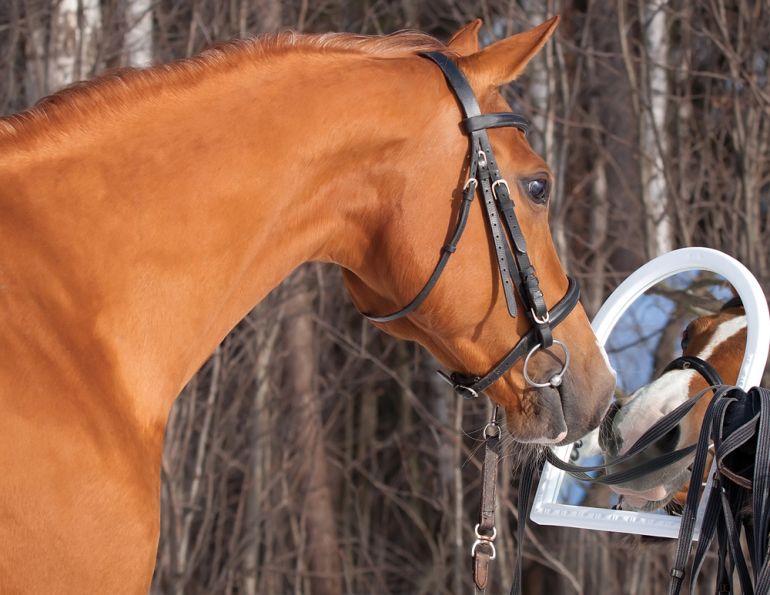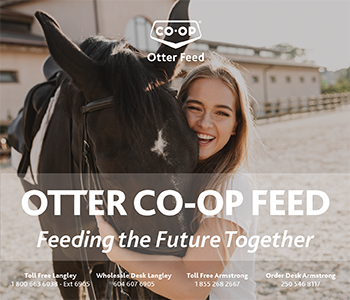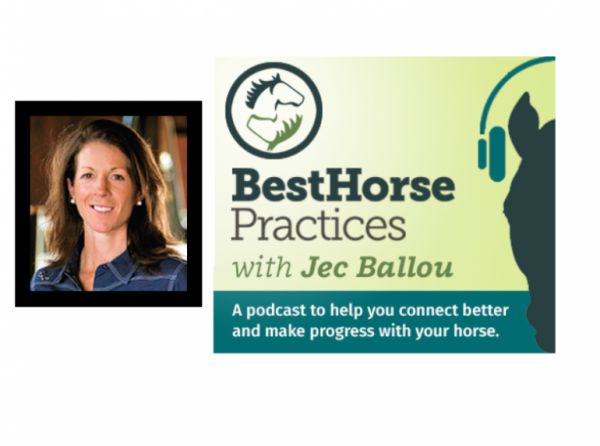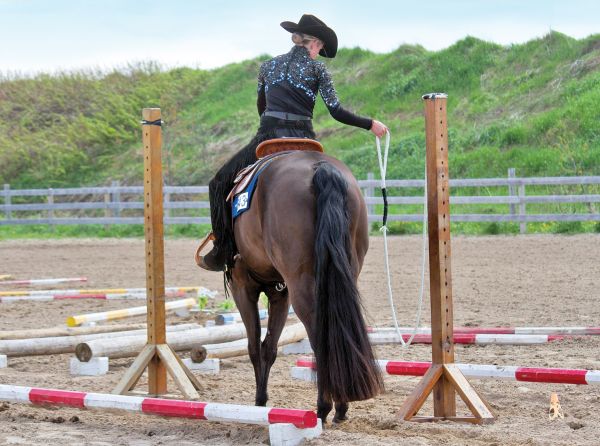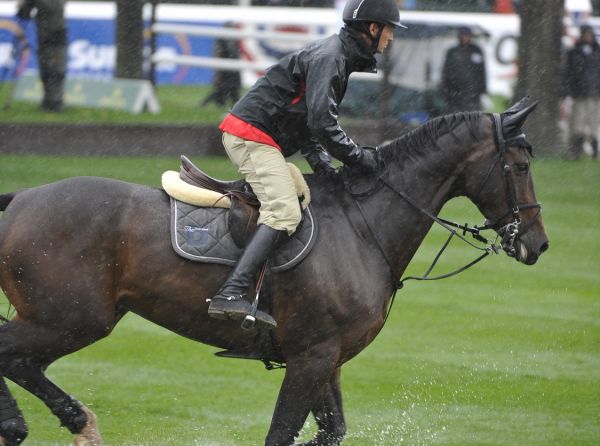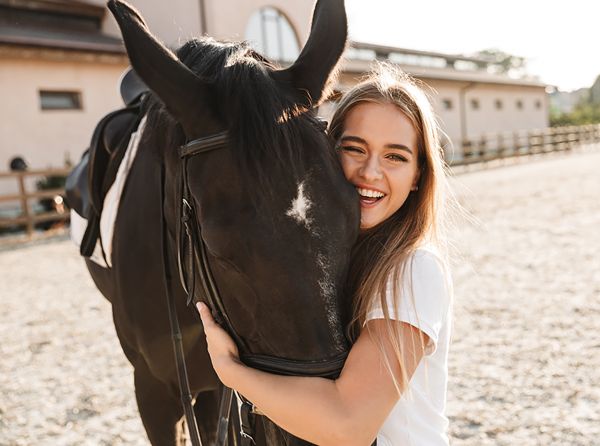Story, photos, and video by Debbie McGauran
Heavy rains had turned the gravel roads west of Sundre, Alberta into a bone-jarring ride over an excessive smattering of potholes. One after the other, potholes filled with rainwater splattered a thick coat of dark mud onto my truck. The continuous bump, bump, bump almost knocked out my fillings as my grandson Hunter, and I, drove deeper into the backcountry, searching for Alberta’s free-roaming horses, known as Wildies.
It was foaling season in May 2024, and we’d already seen several bands with playful youngsters underfoot. Hunter’s role was to be the Wildie lookout, while I tried to keep my truck in one piece as I traversed the endless washboard rows of potholes. I debated turning around and heading home instead of continuing to the Mountain-Aire Lodge where the Yara bands tended to congregate — but something told me to keep going.
We soon came upon a band of horses grazing on the side of the road at the bottom of the towering cliffs. There was one white pick-up truck parked on the shoulder, its occupants taking photos of the band.
I pulled over, thrilled to be in such close proximity to these Wildies, nicknamed “Roadrunners” because they travel up and down the logging roads. My grandson, ever the eagle-eyed lookout, turned to me and said: “There’s a mare on the hill… she has a foal…and it's stuck.”
I stepped out of my truck to have a better look and pulled out my phone to record a video, something I do often as a member of the Help Alberta Wildies Society (HAWS) team. HAWS is an Alberta Wildie advocacy group with almost half a million followers.
Watch: A heart-stopping wild foal rescue from "the cliffs" at Panther River.
I saw a panic-stricken black mare high up on the hill, concentrating on her foal who had slipped and fallen below. I watched in horror as the foal tumbled end-over-end further down the hill, toward the cliff’s edge and a steep vertical drop beneath. In a miraculous stroke of luck, the foal stopped rolling just shy of the edge, when it became trapped in a tangle of tree branches.
By this time a small crowd had started to gather at the bottom of the cliff as a few more vehicles pulled over. Even the horses in the band were now looking up towards the commotion on the cliff’s edge as the mare nickered and inched toward her frightened foal.
I pondered how to help but with my left arm still in a sling after shoulder surgery there wasn’t much I could do, so I continued to film the unfolding tragedy. A fall off that cliff would be a catastrophe for the foal. Even if it survived it might be severely injured, in which case I would take it to the wild horse rescue for treatment or a humane end to its suffering.
A truck pulled up beside my grandson and a man by the name of Dustin Lyle stepped out. He looked up the hill, assessed the situation, and without hesitation, jumped into action and began scaling the treacherous embankment. The grass was slippery and wet, the soil muddy and loose. He was wearing running shoes, not the best footwear to climb a mountain. He scrambled up to the left of the foal, grabbing tree branches for balance. The mare was on the right. She was confused, not knowing what to make of the human so perilously close to her foal. She retreated a few steps, her attention focused on the man as her hooves dislodged a clump of soil that crumbled and rolled down the bank.
Dustin saw his chance, grabbed the foal, and dragged it a few feet further up the steep hillside, away from the edge of the cliff. The foal opened its mouth and began “clacking,” baby horse talk for “please don’t hurt me.” Dustin hoisted the foal to its feet and once up and standing, he retreated.
The mare, named Obsidian, climbed down to claim her foal. She nickered to her baby and they touched noses for a fleeting moment before they turned, scrambled up the steep hillside, veered right, and scuttled back down to their waiting band and the safety of level ground. The group of bystanders, including me, sighed in relief. I hadn’t realized I’d been holding my breath.
Dustin was met with a round of applause. His selfless act of heroism saved this Wildie foal, whom my grandson has now named Tumbler.
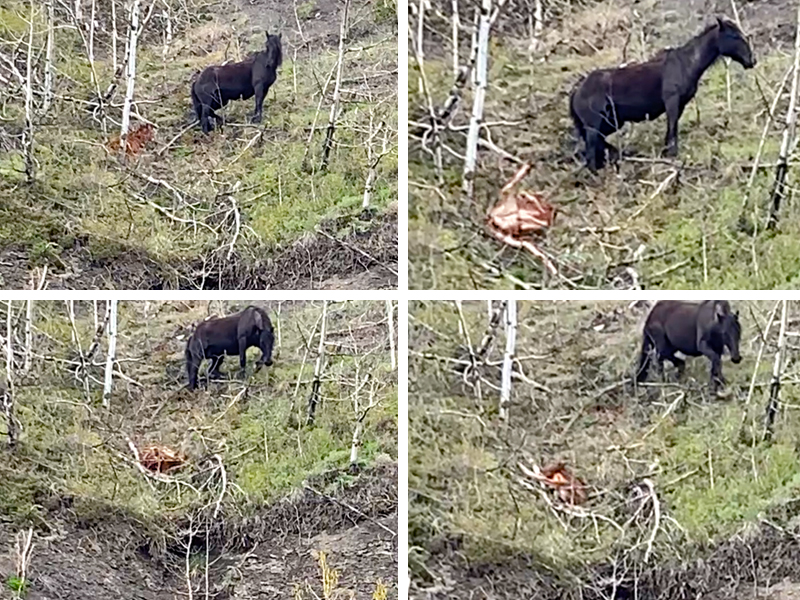
Above: A tangle of tree branches kept Tumbler from slipping over the edge of the cliff and falling.
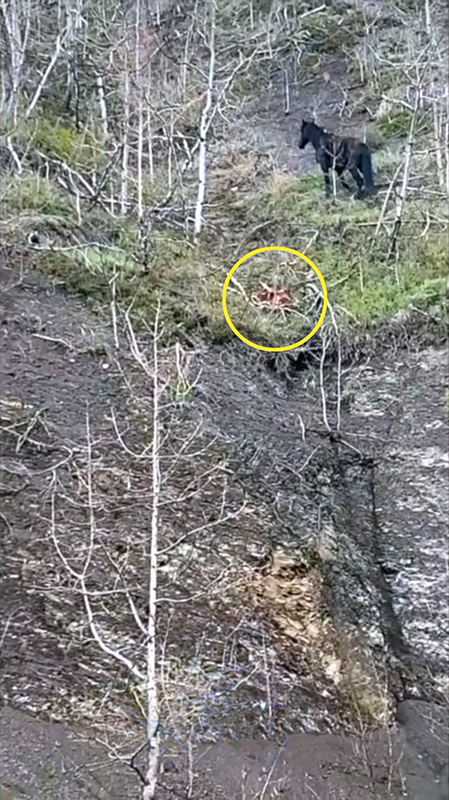

Above: Dustin Lyle acted quickly to rescue the foal from tragedy.
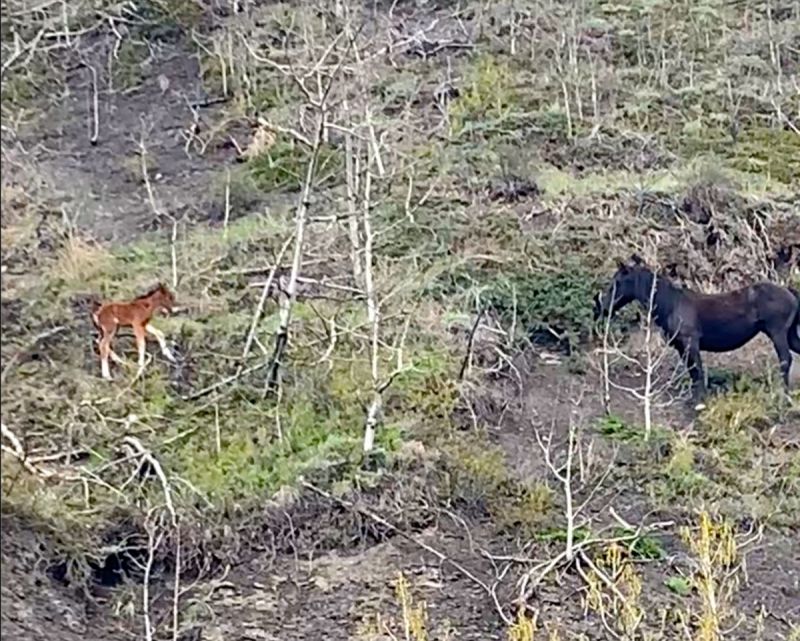
Above: Tumbler and Mom immediately after rescue.
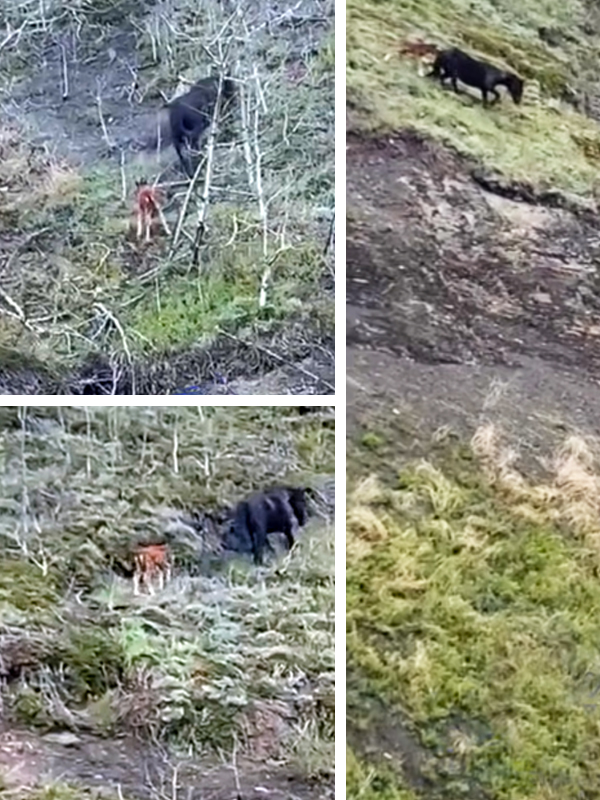
Above: Tumbler and Mom carefully moving to safe ground.
Most wild foal rescues involve an abandoned or injured foal that is removed from the backcountry and rehabbed in captivity. It is illegal to return them to the wild once they have been removed, which makes this rescue all the rarer. I cannot recall any other wild foal rescue in which the foal is rescued in the wild, reunited with its mother, and then goes on to continue living in the wild.
It’s a tough life for Alberta’s free roaming horses whose numbers have dwindled down to a meagre 1,478 as per the province’s last aerial survey in January and February of 2024. A century ago, they numbered in the tens of thousands but the government’s mandate then, and as recently as 2015, was total eradication of the misclassified “feral” horse, an erroneous designation which affords no legal protections. In truth, Alberta’s Wildies, like the Sable Island horses, meet the criteria for a “naturalized species,” having lived in their present habitat for more than 50 years. Parks Canada has decreed that the Sable Island horses meet the above criteria as a wild population of a naturalized species because it is consistent with the Committee on the Status of Endangered Wildlife in Canada (COSEWIC) and International Union for Conservation of Nature (IUCN) definition of wildlife. Under this designation these horses are protected under the Canada National Parks Act and the National Parks of Canada Wildlife Regulations. Alberta’s free-roaming horses have not been appropriately reclassified as a naturalized species by our provincial government despite having lived in their present habitat for 500 years. Instead, they remain the targets of ongoing and persistent persecution.
During both World War I and World War II, 20,000 horses were captured and sent overseas for human consumption. Bounty hunters or mustangers of the last century shot thousands of wild horses and were paid by the government for their severed ears, poll scalps, and testicles. Their numbers have never recovered. The government no longer seeks their total eradication and has agreed to allow a total number of 1700 horses to remain on the landscape. However, a species is classified as endangered when there are less than 2500 mature adults left. Furthermore, DNA research by Dr. Gus Cothran of Texas A&M University concluded that Wildies are a combination of draft, Canadian horse, Indian pony, and Spanish Andalusians, in effect constituting a breed unique to the province of Alberta.
We’ve come a long way from bounty hunters scalping horses and a government mandate of total eradication to the incredible rescue that occurred on May 26, 2024, at the cliffs along the Panther River, west of Sundre, Alberta, where a heroic bystander named Dustin Lyle risked his own life to save an Alberta Wildie foal from imminent death.
There are citizens who care a great deal about Alberta’s free-roaming horses. You can bet your life on it.
To learn more about HAWS please visit their website: Help Alberta Wildies Society
Related: Canada's Wild Horses - An Uncertain Future
Related: Jake the Logging Horse Hero
Many thanks to Debbie McGauran for providing this article.



